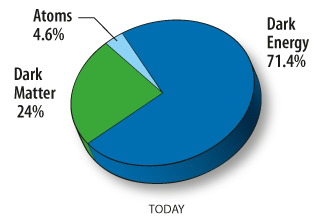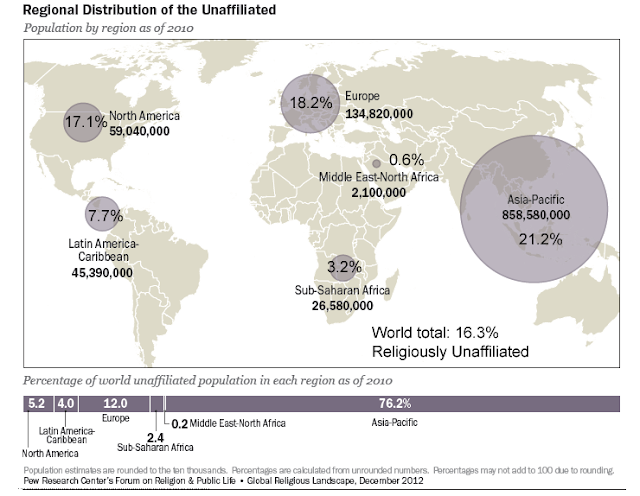source:
http://www.youtube.com/watch?v=_t0EgviIbR0
From 17:45s:
Marcus Brigstocke investigates 'Nothing' with Jim Al-Khalili in Dara O Briain's Science Club:
Einsteins'
theory of relativity proved that the
aether did not exist. In space there are
photons flying about everywhere. Between two electrons there are photons being emitted.
Nothing does not exist (20:34). Empty space is filled with forces (20:51), for example the force of gravity is something which Einstein thought was pulling everything together. We now know that '
vacuum energy' is making the universe expand faster and faster outwards. (21:22).
(
NB. One contribution to the vacuum energy are from
virtual particles - particle pairs that blink into existence and then annihilate in a timespan too short to observe. They are expected to do this everywhere, throughout the Universe.)
A cloud chamber demonstrates electrons and anti-electrons which have come from outer space (22:30).'
Bob Nichol: 'The universe is accelerating in its expansion'. The expansion is caused by '
dark energy' (24:00) a term for anything that could be causing this expansion - the most favoured explanation is 'vacuum energy'.
[According to a 2003 theory] eventually galaxies will move away from each other faster than the speed of light. (24:39) In about 60 billion years
the 'Big Rip' [
quintessence in which dark energy destabilises] could occur and space itself might dismantle (it will be the end of the universe - all atoms will be destroyed) (24:44).
Fields permeate empty space:-
Electric,
magnetic,
higgs and
gravitational fields.
Neutrinos are
elementary subatomic particles which pass through us from space. (Janna Levin 25:58s)
http://scienceblogs.com/startswithabang/2011/05/16/the-fate-of-the-universe/
http://scienceblogs.com/startswithabang/2011/05/16/the-fate-of-the-universe/

















